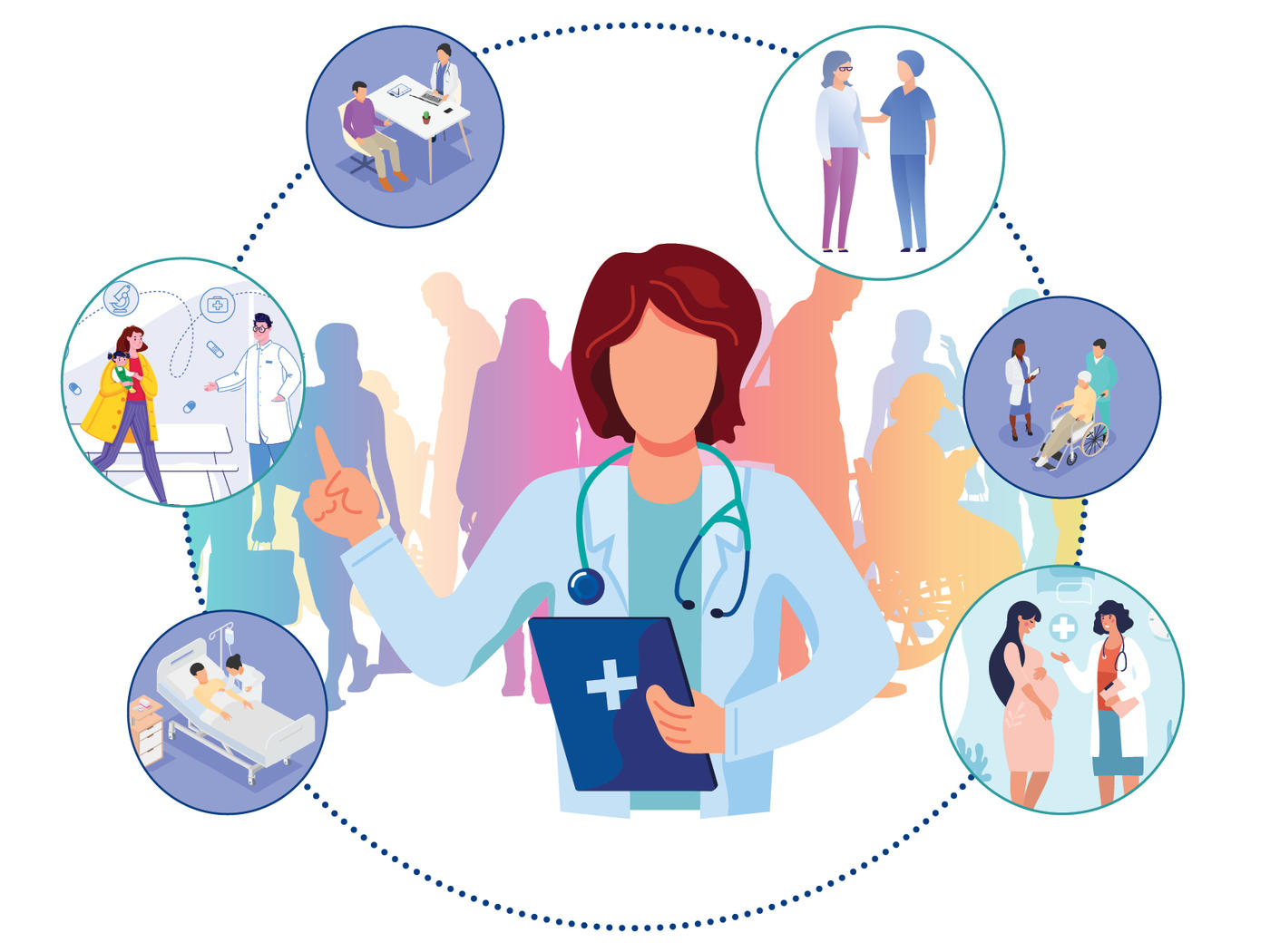Featured
Tags
Share
- Home / Blog / Nursing Today / COVID-19 Through the Eyes of a Critical Care Nurse: ‘Stay Home. Wear a Mask. Keep Us All Safe.’
COVID-19 Through the Eyes of a Critical Care Nurse: ‘Stay Home. Wear a Mask. Keep Us All Safe.’

Nearly a year into the COVID-19 pandemic, with cases and hospitalizations surging across the country, nurses like Brittany Lieber continue to call on their friends, family and the public to stay home and wear a mask.
The 24-year-old emergency room nurse, a 2019 graduate of Chamberlain’s 3-Year Bachelor of Science in Nursing degree program on the Tinley Park campus, says the trauma and scores of patients she is treating in the emergency room is “overwhelming.”
She also can’t help but witness firsthand how her healthcare colleagues (and herself) are showing the emotional and physical symptoms of pandemic fatigue. Over the course of the last nine months, as her hours increased and staff shortages became commonplace, nurses are tired, afraid for their own health and frustrated by how it seems many people don’t believe in the virus that is killing so many, or the science that could save lives. But donning PPE, these nurses risk their own lives and safety to make sure patients are treated.
“It’s exhausting, and this is a much higher surge than everyone predicted,” Lieber said. “Three out of four patients I see are testing positive for COVID and are hit harder with respiratory symptoms. We’ve had to open a third ICU in what was our dialysis center because patients need critical care.”
She says she’s also frustrated by people who have seemed to have “stopped caring about wearing masks and taking precautions, or they do care, but are ignoring them because they really want to see their families.” Her own grandfather, feeling isolated and yearning to see his granddaughter and family in person, keeps asking her in a hopeful way, “Is it really that bad?”
“It really was sad to tell my grandpa, ‘we can’t see you this holiday season or anytime soon,’” she says. “But based on what I am seeing every day, I have to try to convince him that the pandemic is real and killing people. I am close to my grandparents and used to see them regularly. I know how isolated they are feeling and Zoom meetings just are not enough. I had to tell them that I really want them to be alive, so it was not worth the risk of getting together for the holidays.”
Lieber says she has understood the implications of her job for her family since the get-go, but has become “super cautious,” about following protocols at home and taking precautions not to bring the disease home with her after witnessing the ravages of the pandemic. At work she wears a mask, goggles, a surgical cap and changes out of her scrubs at the hospital into street clothes - then washes them when she gets home and changes again. She’s washing her hands every chance she gets. Gone are the workouts at the gym. “I used to try to go in during the beginning of this, but now I just do yoga at home,” she says.
One of her biggest challenges is trying to communicate compassion to patients and alleviate their fears when she is garbed up from head to toe.
“I hope that when I am smiling they can see it in my eyes, and I try to use therapeutic touch, rubbing them on the back or putting my hand on their shoulder so they know I care,” she says. “So many of our patients are really worked up because they hear COVID, and they think they are dying. For many there is also a language barrier and I am trying so hard to help them be not so afraid.”
When friends and others ask her what they should do during these uncertain times, she tells them simply: “Stay home. Wear a mask. Keep us all safe.”
By Mary Beth Sammons
More from Nursing Today
Request More Information
To receive the Chamberlain University Program Guide, including associated career paths, please select a program of study.







